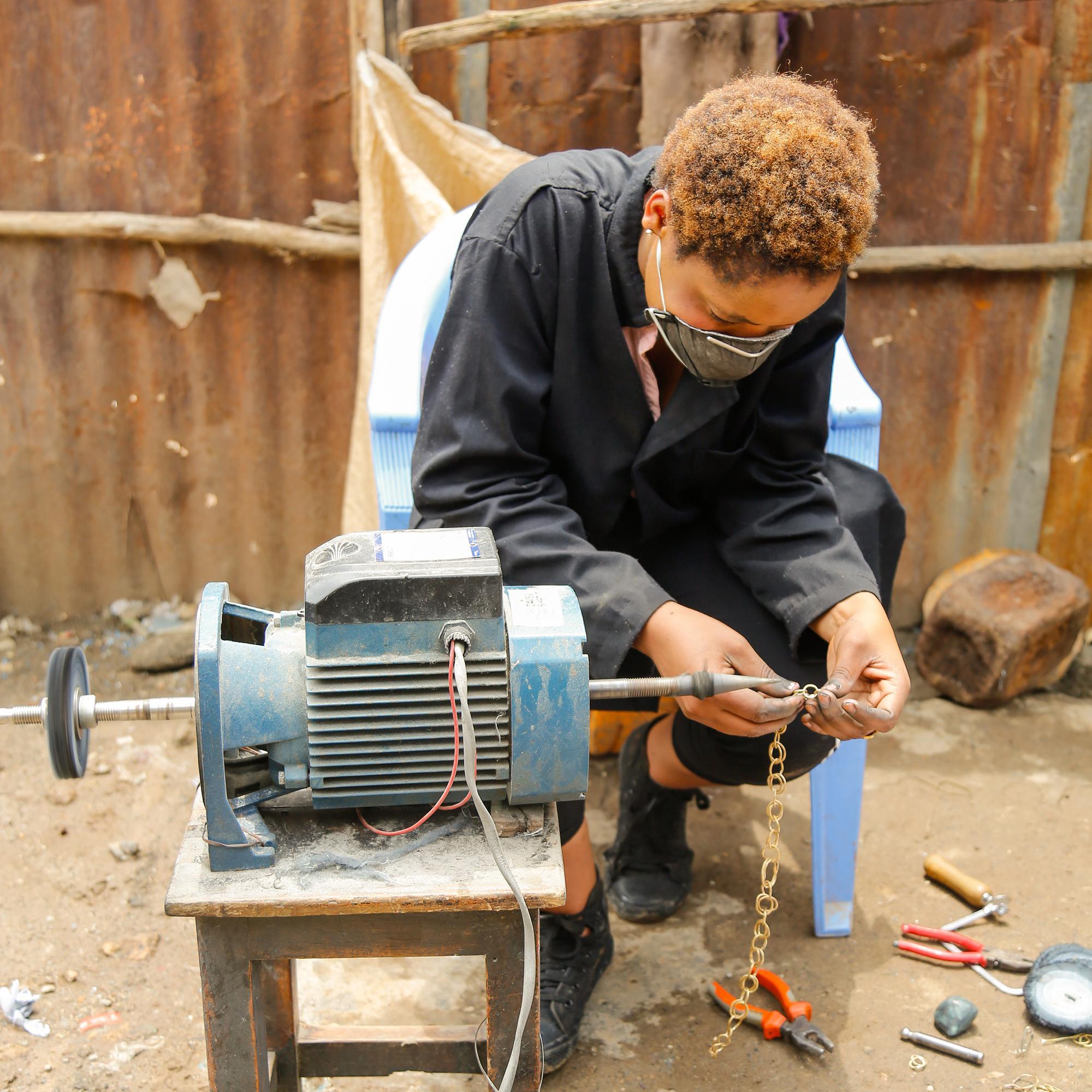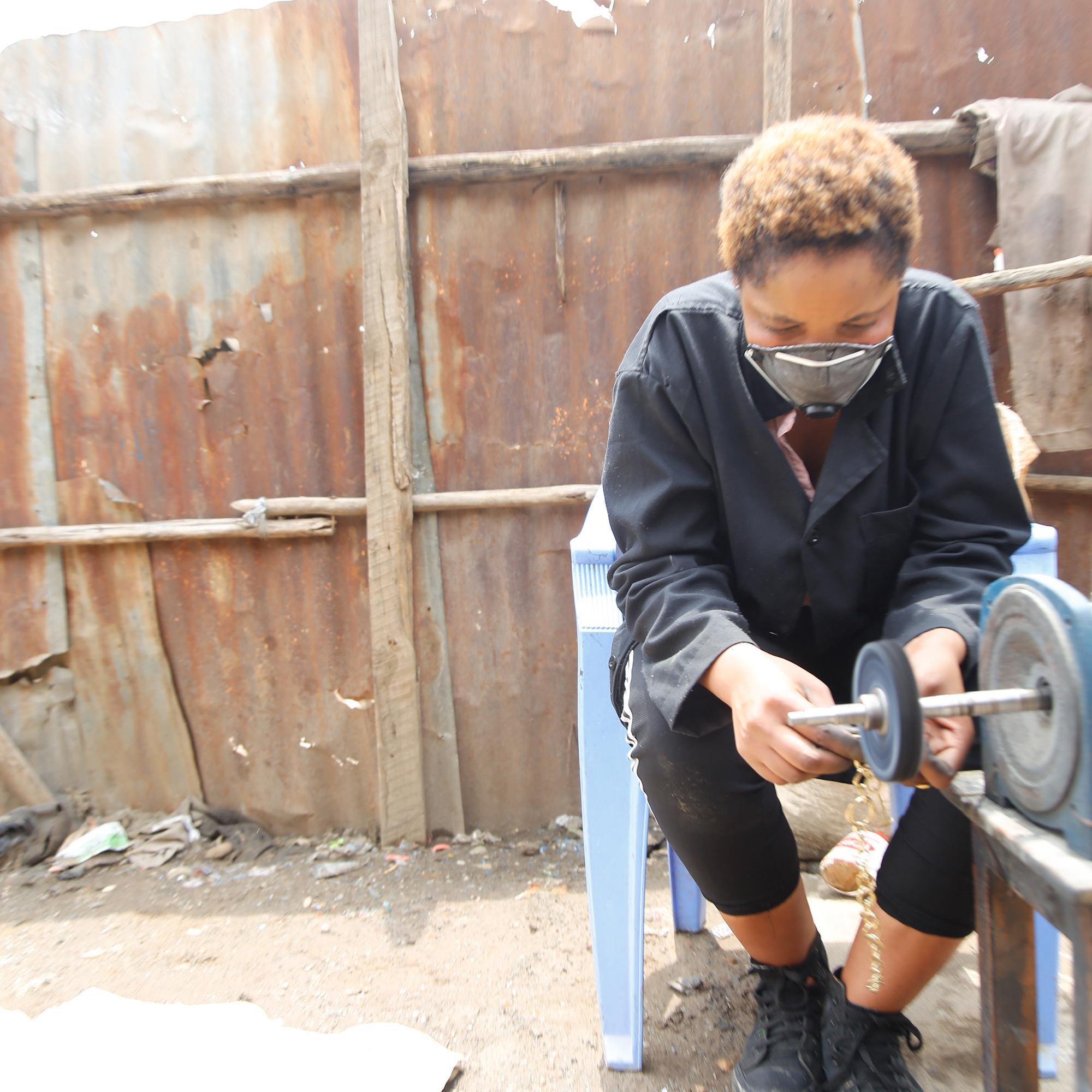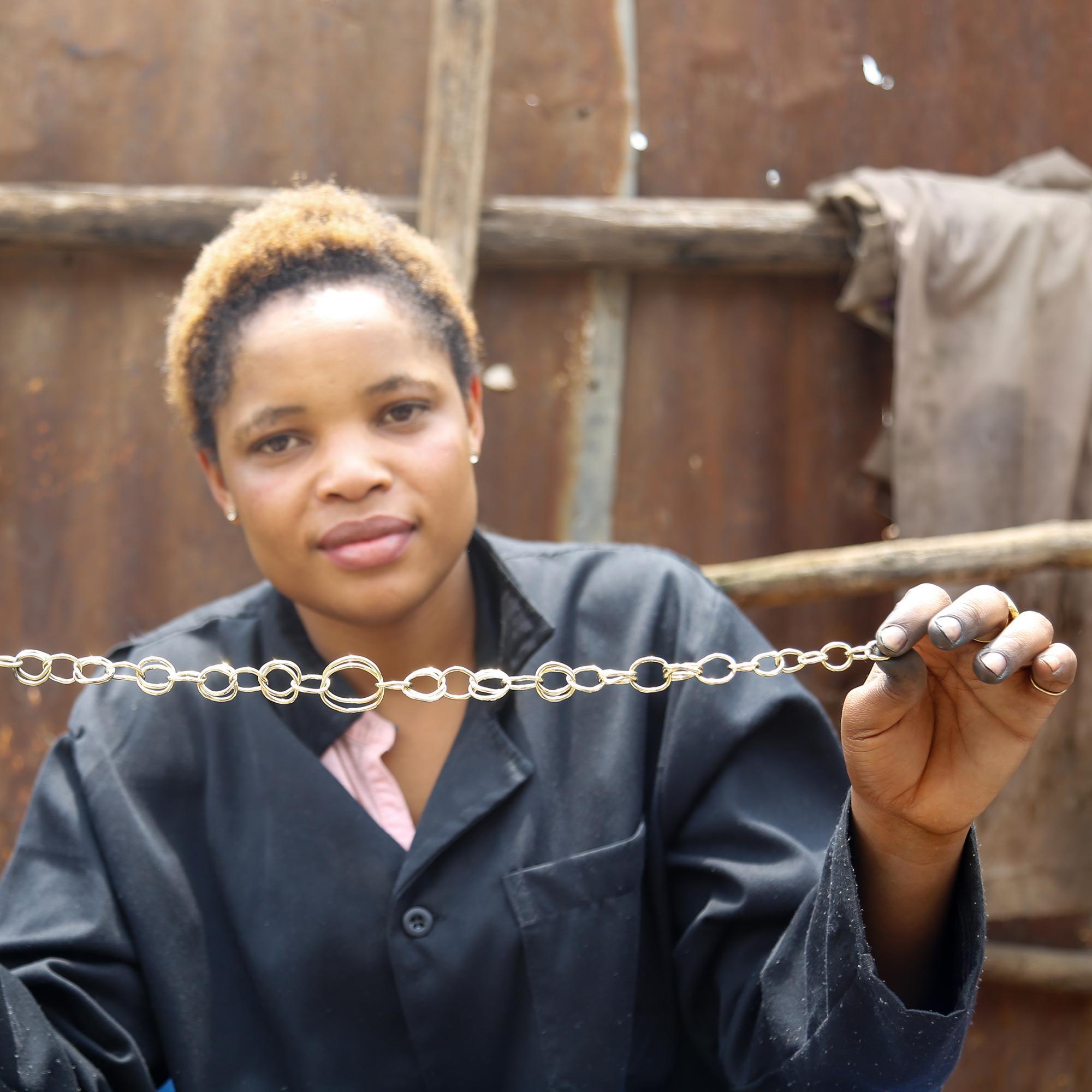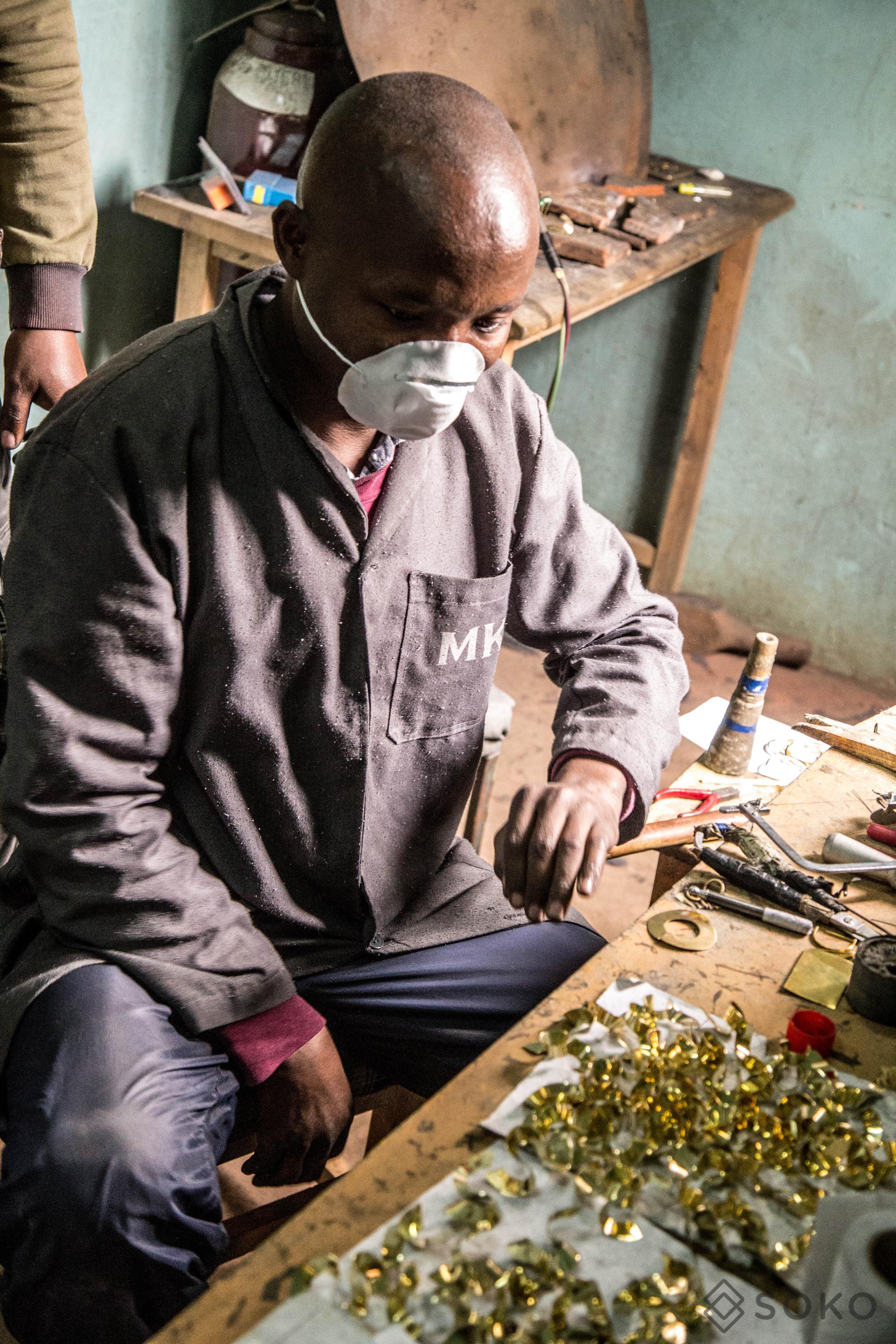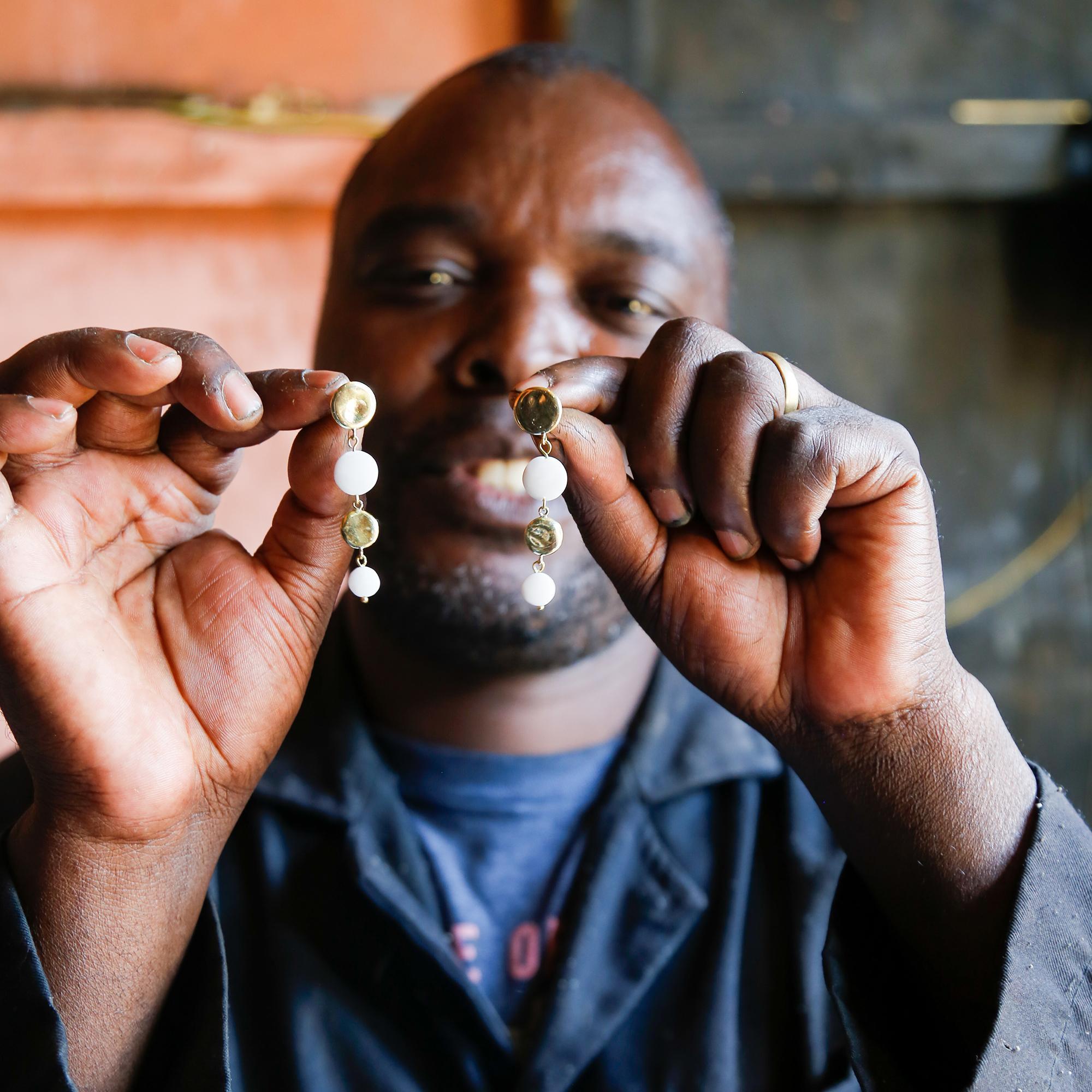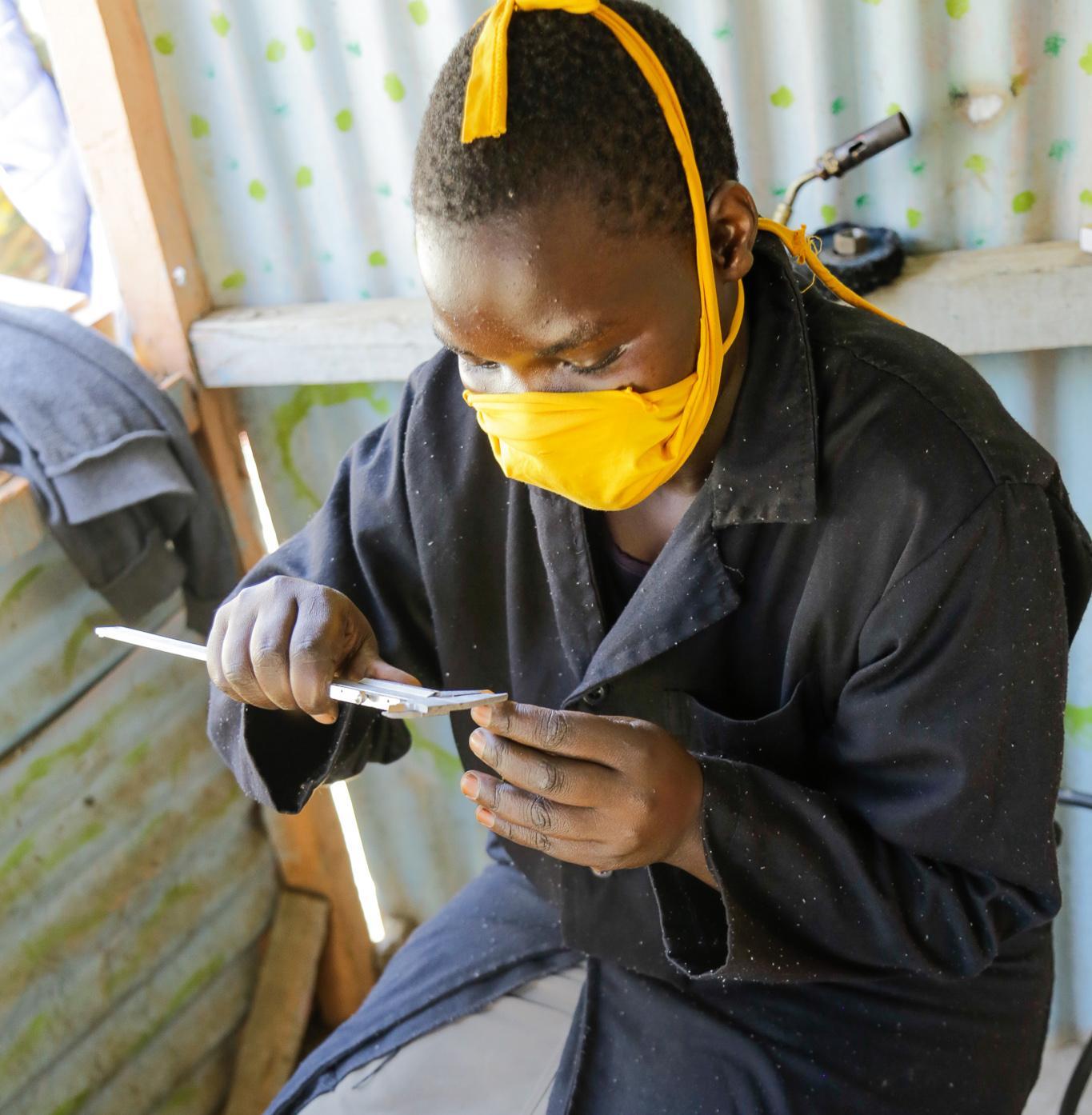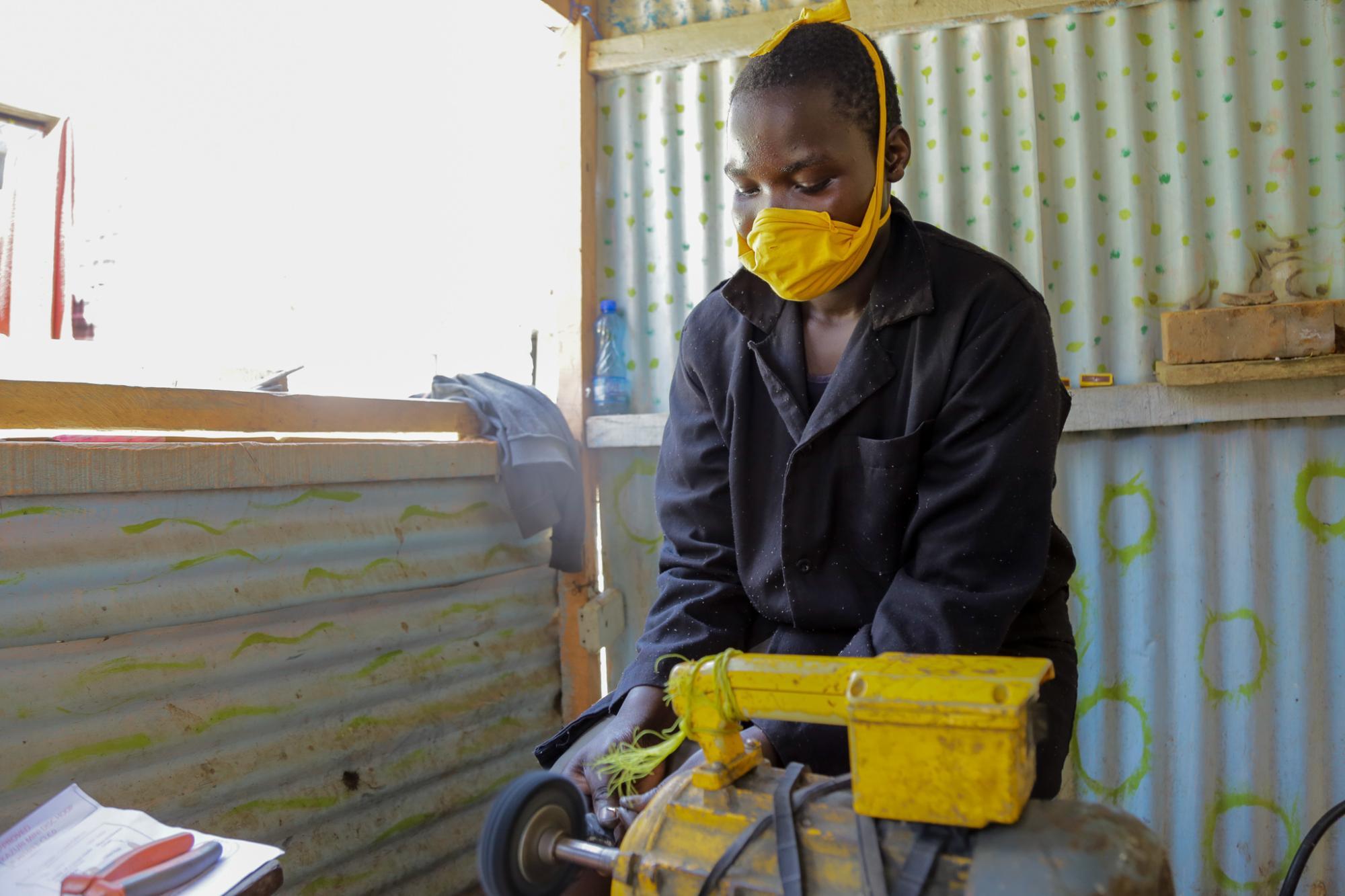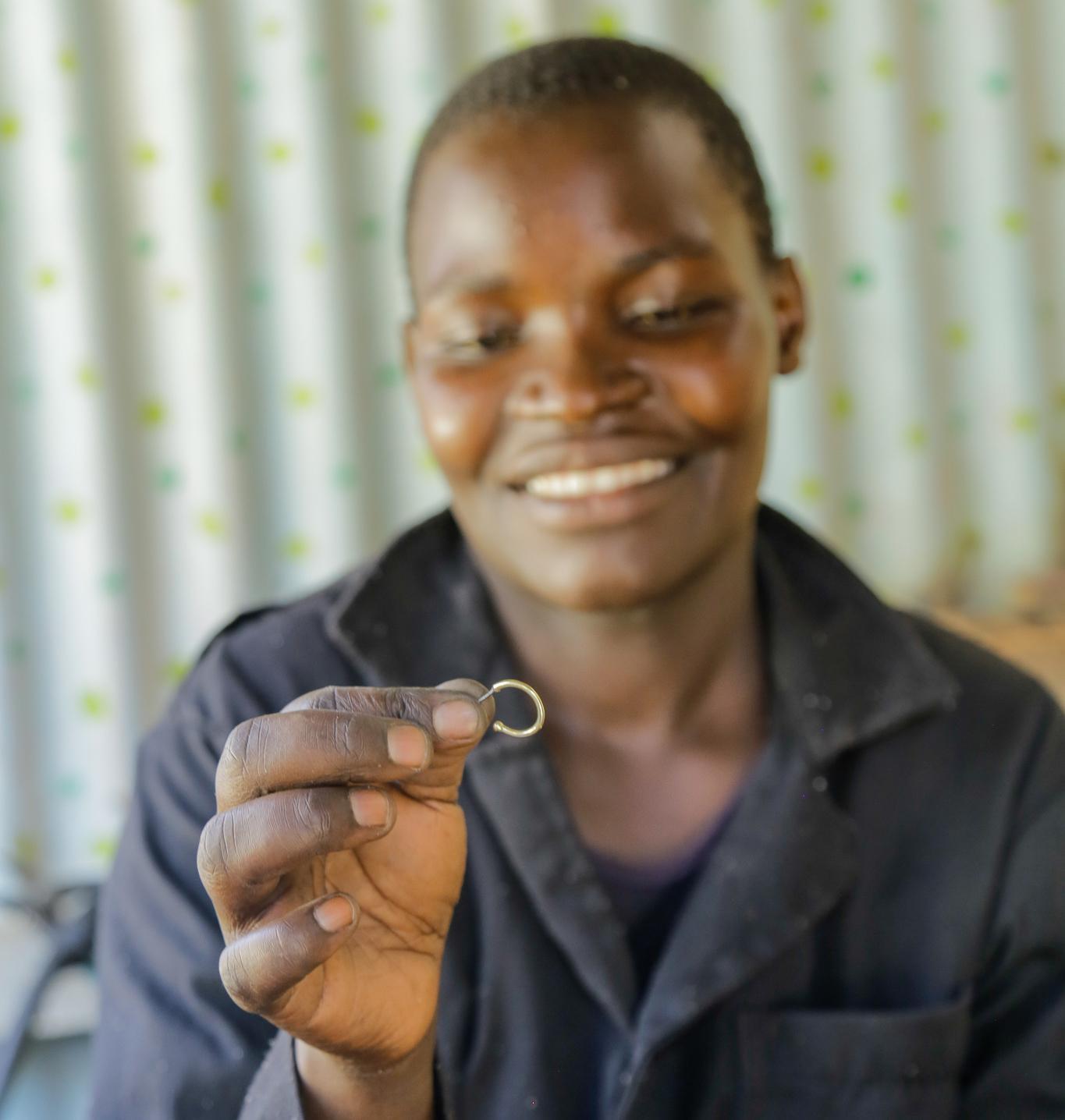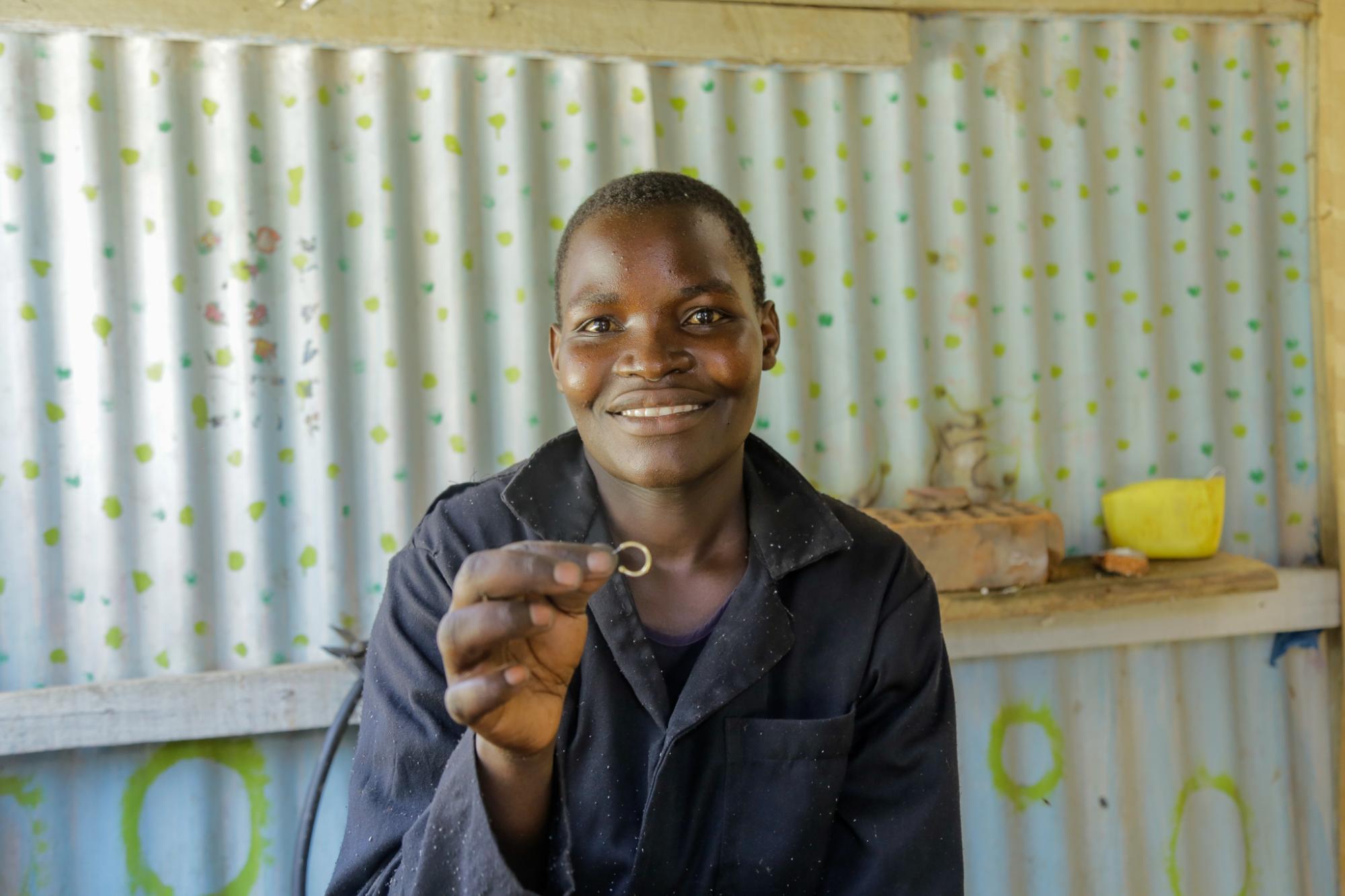What is different for SOKO artisans?
Linkage to a global supply chain may be paying off: the artisans who SOKO links to international markets earn approximately 37% more than artisans not working for SOKO every month – a statistically significant difference. The wage gap between SOKO and non-SOKO artisans is particularly large for female artisans. However, a more advanced analysis indicated that the difference may be caused by differences between the artisans who work with SOKO and their peers. Further investigation would be needed to conclusively pin down the role of SOKO in raising incomes.
Vulnerability to poverty. Both the workshop leaders and the other artisans working with SOKO tend to be slightly better off than non-SOKO artisans, even when statistical methods are used to control for differences between the two groups. However, the difference in the probablilty of falling below the national poverty line was only statistically significant for the workshop leaders. Given the small size of the sample, the results should be interpreted with caution. We also found that female worker artisans in both SOKO and non-SOKO workshops are more vulnerable to poverty than male worker artisans.
Some evidence suggests that SOKO may be enabling artisans to invest in their children’s future. SOKO artisans spend more on their children’s healthcare than non-SOKO artisans, and the difference is statistically significant. On the other hand, the difference between levels of spending on education was not significant once statistical matching techniques were used to control for differences between the groups.
SOKO’s trainings seem to be benefitting the artisans attending and some of their peers. Almost all artisans mentioned having acquired specific skills from SOKO. Among the 85 SOKO artisans who mentioned they have acquired new skills, the majority were lead artisans (66%). This group benefits from direct training from SOKO. In addition, 15% of artisans affiliated with SOKO mentioned they have received training through other satellite SOKO workshops (“friends"4) indicating that information on skills flow well between SOKO workshops.
SOKO aims to boost sustainability by enhancing the ability of artisans to generate revenues outside their relationship with SOKO. This way, SOKO’s impact “footprint” exceeds the revenues earned from the company and becomes long-lasting. Most of the SOKO artisans preferred to sell their products to SOKO, which they report offers a better price. However, they also attempted to penetrate other markets, something SOKO encourages. On average, SOKO artisans generated around $240 yearly from other markets. However, key informant interviews revealed that limitations in marketing skills make it difficult to penetrate new markets. They high cost of holding product exhibitions or running formal marketing events also makes it hard for them to “go it alone”.
Innovative uses of technology can promote sustainability. SOKO’s innovation was to provide a platform to link artisans to global value chains, by leveraging the opportunities provided by new technologies and social media platforms. The study showed that this has boosted their livelihoods and contributed to sustainability.
